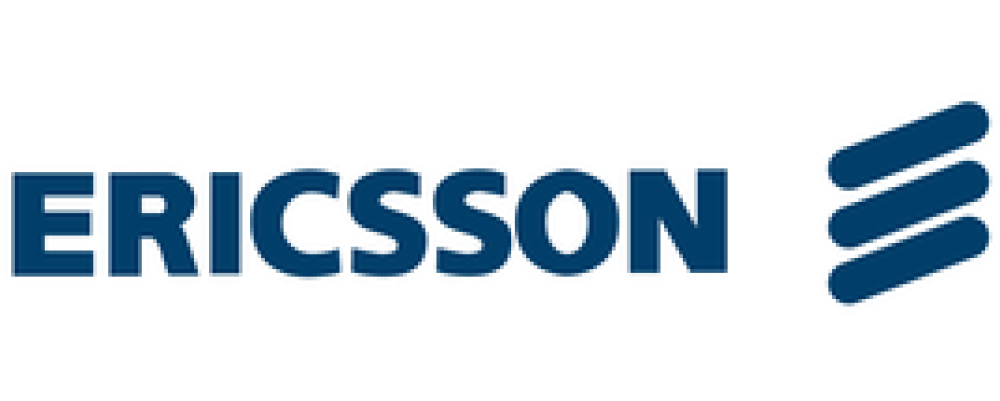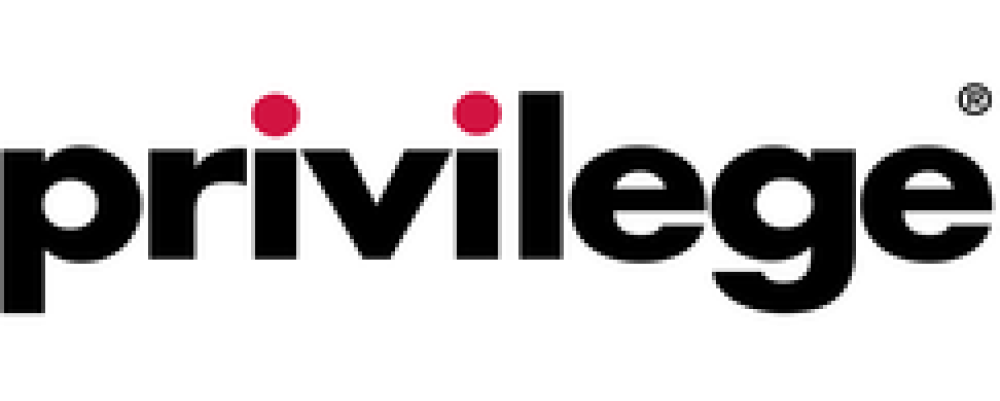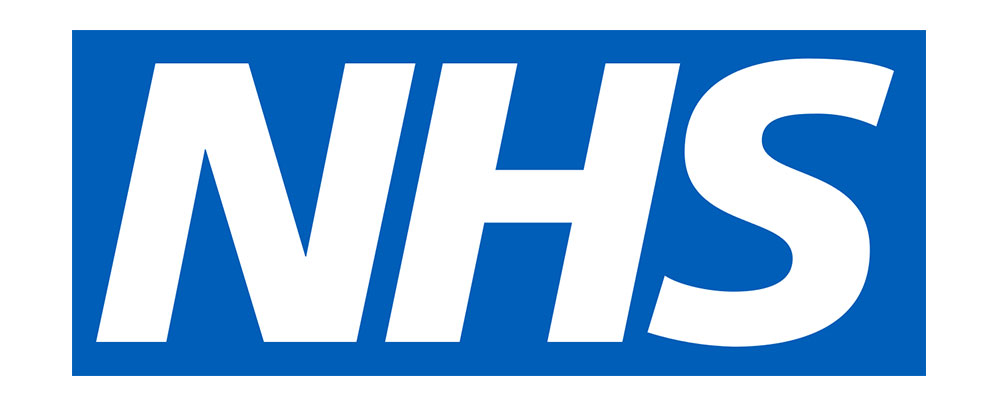Best practice brand performance measurement
You can buy a suit off the peg. There are advantages in doing so – cost, speed, availability. This is all fine if you are a standard size and shape and you are not looking for your suit to do much more for you than give you something appropriate to wear at Great Aunt Mildred’s memorial service. But you wouldn’t get married in one. Context is key. If you want something for a special occasion to help you look and feel great, nothing compares to a bespoke suit, made to measure and to your exact specifications.
As with suits, so with market research. There are any number of proprietary black-box brand measurement tools on the market, and there are some advantages to using them. However, at Brandspeak, we believe that nothing compares to taking a flexible and bespoke approach to measuring your brand’s performance.
Our consultative and flexible branding research and brand tracking services take the positives of fixed approaches and improve on them to give you something that, like a made-to-measure suit, is perfect for your brand. We will work closely with you to develop brand equity, brand performance and brand health metrics that take account of your brand’s realities.
Five advantages of taking a flexible approach
- Tailored to your needs: we develop bespoke research and analysis that is responsive to and reflective of how the brand is activated, the context of the marketplace it’s competing in, and its stature in that marketplace.
- Method agnostic: we can incorporate the most appropriate research methods and approaches, allowing for a more comprehensive understanding of brand performance, including qualitative research to scope and explore your brand positioning as well as quantitative brand tracking.
- Innovative: as new or innovative research techniques arise, we can incorporate them in our approach – black-box tools are, by definition, fixed and don’t have room for updates.
- Deeper analysis: we can provide deeper analysis and interpretation of the research findings, helping to identify more subtle insights and trends that may not be immediately apparent through standardized tools.
- Competitive advantage: when you come to us for a flexible approach, you are getting something that nobody else has access to – you don’t want to show up to your own wedding and find your annoying second cousin is wearing the same off-the-peg number as you. Bespoke research can provide a competitive advantage by providing unique insights that are not available to competitors who may be using standardized tools.
Developing a brand equity score.
We don’t believe in a generic calculation to determine brand equity, but we do believe in being able to calculate a brand equity score that is based on the relevant metrics for the brand in question. Having a single score is a great way of aggregating your earned equity which, once in place, can be monitored from wave to wave and within key sub-groups, as well as applied to tracked competitors so that you have comparative insight.
We start by deconstructing what brand equity means to you. In developing the score, we consider three features:
- The brand metrics to include as the constituent elements that make up brand equity.
- Any relative re-weighting that should be applied to each metric to equalise the scoring, such as inherent brand stature.
- The best way to aggregate the constituent scores into one overall equity score that is sensitive enough to pick up movements in the market.
A collaborative process
We work with you and your stakeholders to explore and decide upon the three features above. Not only is this an intellectually stimulating exercise, but it also serves to get buy in from the stakeholders involved and the effort is more than paid back by producing a relevant and fitting brand equity calculation.
As part of this process, we consider which key brand metrics to include: what are the best data points and should we use absolute percentage scores, mean scores, conversion scores or any combination of these? We also explore whether we should re-weight certain scores. For example, for a well-known mature brand we might want to down-weight brand awareness in favour of other metrics such as brand loyalty or brand sentiment, whereas a new brand with low awareness might want to up-weight metrics such as brand differentiation or brand vision. We then need to work out the best way of aggregating all the constituent brand metrics, considering how to make sure it’s sensitive enough to clearly demonstrate market shifts. We would do all this work based on evidence from the first wave of brand tracking data.
Context is key
We don’t want to stretch the suit analogy any further, but context really is key in brand measurement. It’s an obvious statement but the results of one brand’s performance may signify ‘doing well’ whilst the same scores for another brand may not. The work in developing brand equity scoring will have already taken account of a brand’s stature in the marketplace.
As an example, for a small brand with low market presence, an uplift in future consideration by +5% might be considered ‘doing well’ if the resting level score is just 6%, whereas a leading brand with a future consideration score of 70% might be seen as ‘not doing well’ if prior scores were around 80%. This is part of the job of relative weighting in the equity scoring, so that we can build in ‘what doing well’ means for that particular brand.
What about costs and time?
Black-box approaches do save time as the measurement criteria are pre-decided and the tool has been used multiple times for multiple clients. However, we think that ‘fail to plan, plan to fail’ is a cliché for a reason. The time we spend collaborating and building a bespoke approach pays back in the quality of the outcome, and the way it helps to get stakeholders invested in the project. Additionally, brand tracking and brand measurement is a longer-term investment so should never be a knee-jerk purchase that you need done yesterday.
Similarly, it does cost more to take a bespoke approach but (an adage this time, rather than a cliché), we also think ‘buy cheap, buy twice’. What is the point of adopting a fixed, black-box approach that doesn’t quite fit. Unlike the suit, you won’t be constantly fiddling with your waistband, hoping to feel comfortable, but you will find that you have something that only partially meets your needs. To find out more about our flexible approach to measuring brand performance, contact Brandspeak at enquiries@brandspeak.co.uk .














